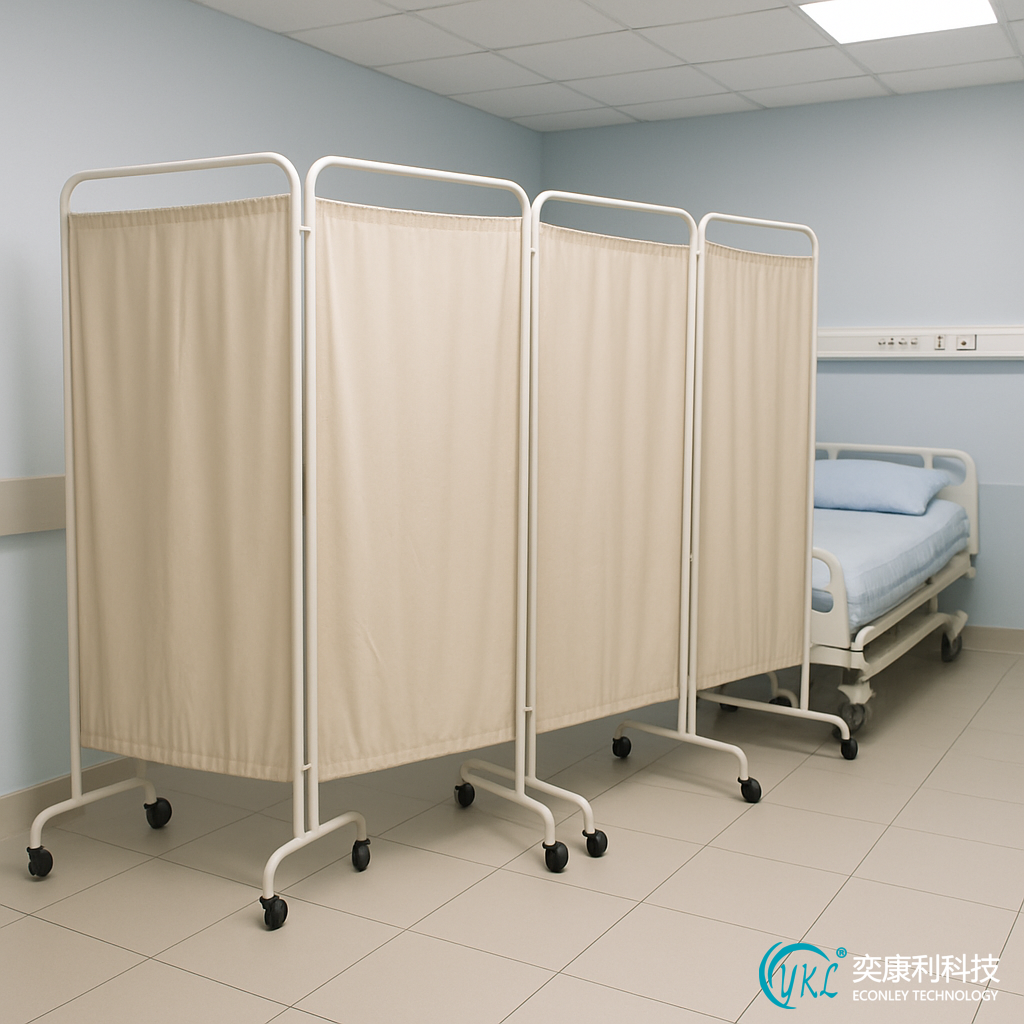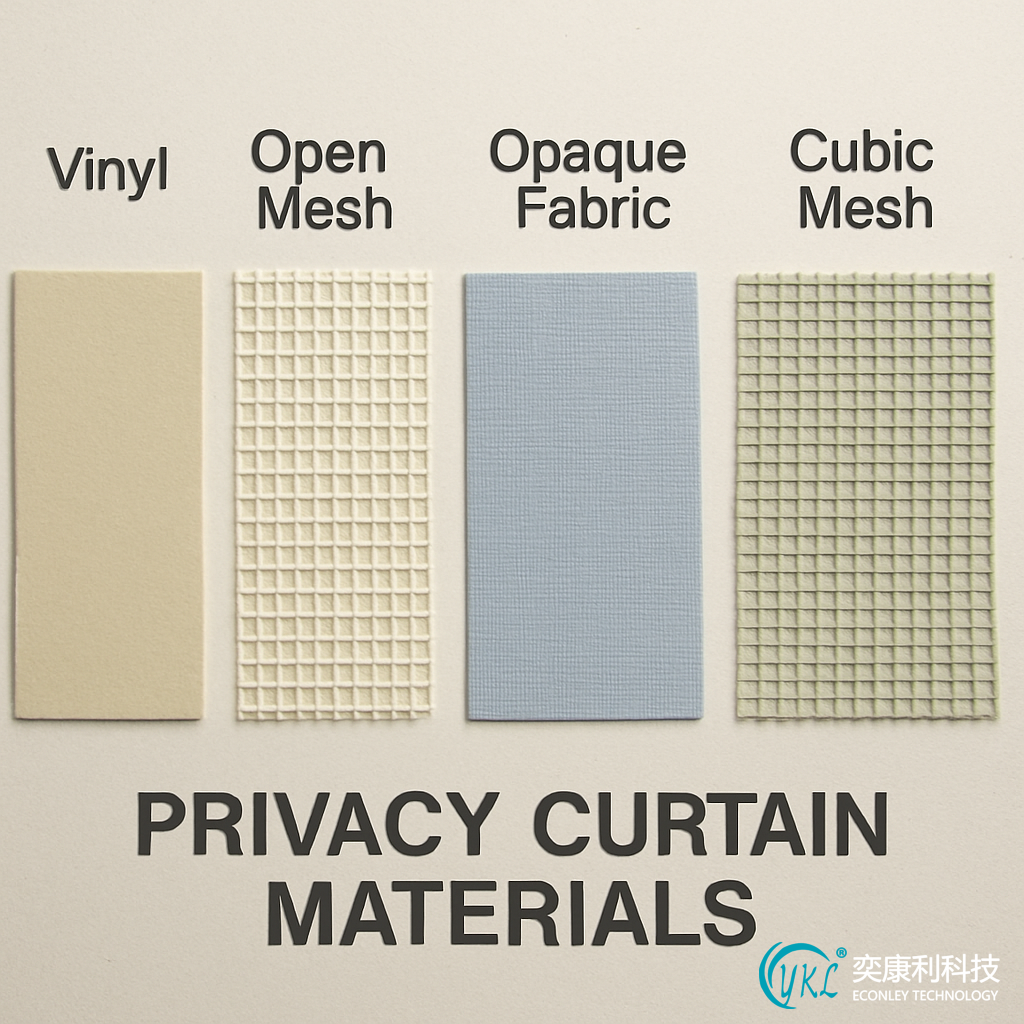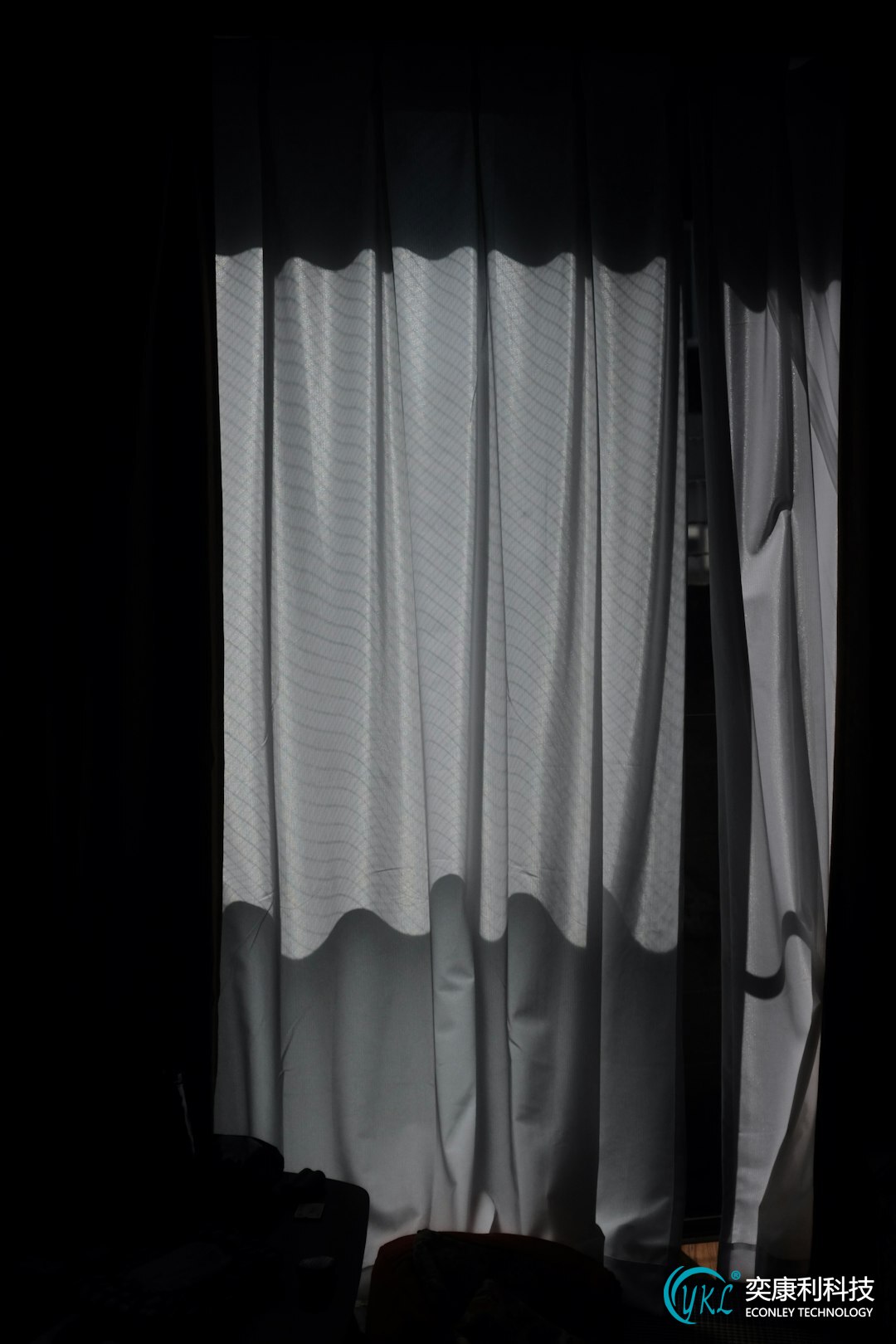 Service Hotline:13510328459
Service Hotline:13510328459
 205-206, 2nd Floor, Building 2, Xiazao Village Industrial Zone, Gaofeng Community, Dalang Street, Longhua District, Shenzhen City
205-206, 2nd Floor, Building 2, Xiazao Village Industrial Zone, Gaofeng Community, Dalang Street, Longhua District, Shenzhen City
 Service Hotline:13510328459
Service Hotline:13510328459
 205-206, 2nd Floor, Building 2, Xiazao Village Industrial Zone, Gaofeng Community, Dalang Street, Longhua District, Shenzhen City
205-206, 2nd Floor, Building 2, Xiazao Village Industrial Zone, Gaofeng Community, Dalang Street, Longhua District, Shenzhen City
Time:2025-10-16 Preview:
In healthcare facilities, maintaining patient privacy and comfort is crucial, and one of the most effective ways to achieve this is through the use of privacy partitions. Whether you're managing a small clinic or a larger hospital, incorporating hospital privacy screens is a straightforward solution to ensure patient dignity and confidentiality. This article will guide you through the procurement process for small hospital bed partition privacy curtains, highlighting the key considerations and benefits.
Privacy partitions or hospital privacy screens are essential components in medical settings. They are used to create private spaces around hospital beds, allowing patients to have a sense of security and dignity during their stay. These partitions are particularly important in shared rooms where multiple patients are housed.
There are several types of privacy partitions available, each serving different purposes. The most common types include:
Curtain Partitions: These are the most traditional form and are typically made of fabric. They are suspended from a track system on the ceiling, allowing for easy opening and closing.
Folding Screens: These are portable and can be moved around as needed. They are often made of lightweight materials and can be folded away when not in use.
Fixed Panels: These are more permanent solutions, often made of materials like glass or acrylic, providing a more modern look while maintaining privacy.
The use of privacy partitions in hospitals and clinics offers several benefits:
Enhanced Privacy: They create a visual barrier, reducing the chances of accidental exposure and ensuring patient confidentiality.
Infection Control: By providing separate spaces, partitions can help in minimizing the spread of infections.
Patient Comfort: They offer a sense of personal space, which can be comforting for patients in a vulnerable state.

When procuring small hospital bed partition privacy curtains, several factors need to be considered to ensure they meet the needs of your facility.
The material of the privacy curtain is one of the most important considerations. Fabrics should be durable, easy to clean, and resistant to wear and tear. Common materials include:
Antimicrobial Fabrics: These help in preventing the growth of bacteria and viruses, contributing to a healthier environment.
Flame Retardant Fabrics: Safety regulations often require materials to be flame retardant to minimize fire hazards.
Ensure that the curtains provide adequate coverage for the area you intend to partition. Measure the space accurately to ensure a proper fit, taking into account the height and width of the area.
The curtains should be easy to operate, allowing staff to quickly and efficiently provide privacy for patients. Consider track systems that allow smooth opening and closing and ensure that the curtains are lightweight enough for easy handling.
While functionality is key, the design and aesthetics of the partitions should not be overlooked. Choose colors and patterns that complement the overall design of the facility and contribute to a calming environment.

The procurement process for privacy partitions involves several steps to ensure you select the right product for your facility.
Start by assessing the specific needs of your facility. Consider the number of partitions required, the types of rooms they will be used in, and any specific requirements related to infection control or fire safety.
Research potential suppliers who specialize in hospital privacy screens. Look for suppliers with a good reputation, positive reviews, and a track record of providing quality products.
Once you have identified potential suppliers, request quotes for the products you are interested in. Ensure that the quotes include all relevant details, such as pricing, delivery times, and any additional services offered.
Evaluate the options based on the quotes received, considering factors such as cost, quality, and supplier reliability. It may be helpful to request samples of the materials to assess their quality before making a decision.
After evaluating your options, proceed with the purchase. Ensure that the supplier provides clear information about the delivery schedule and any installation services included.

Once the privacy partitions have been procured, proper installation and maintenance are essential to ensure their longevity and effectiveness.
The installation should be carried out by professionals to ensure that the partitions are securely fitted and function as intended. Ensure that the installation team follows any specific guidelines or standards required for your facility.
Regular maintenance is crucial to keep the partitions in good condition. This includes regular cleaning to prevent infection and checking the track systems for any signs of wear or damage. Replace curtains or components as needed to maintain a high standard of hygiene and functionality.
Small hospital bed partition privacy curtains are a vital component in healthcare settings, providing privacy, comfort, and safety to patients. By carefully considering material, size, ease of use, and design, and following a structured procurement process, healthcare facilities can ensure they select the best partitions for their needs. Proper installation and ongoing maintenance will ensure that these partitions continue to serve their purpose effectively, contributing to a better patient experience.
Incorporating privacy partitions is a step towards enhancing patient care and ensuring a respectful and dignified environment for everyone in your healthcare facility.
